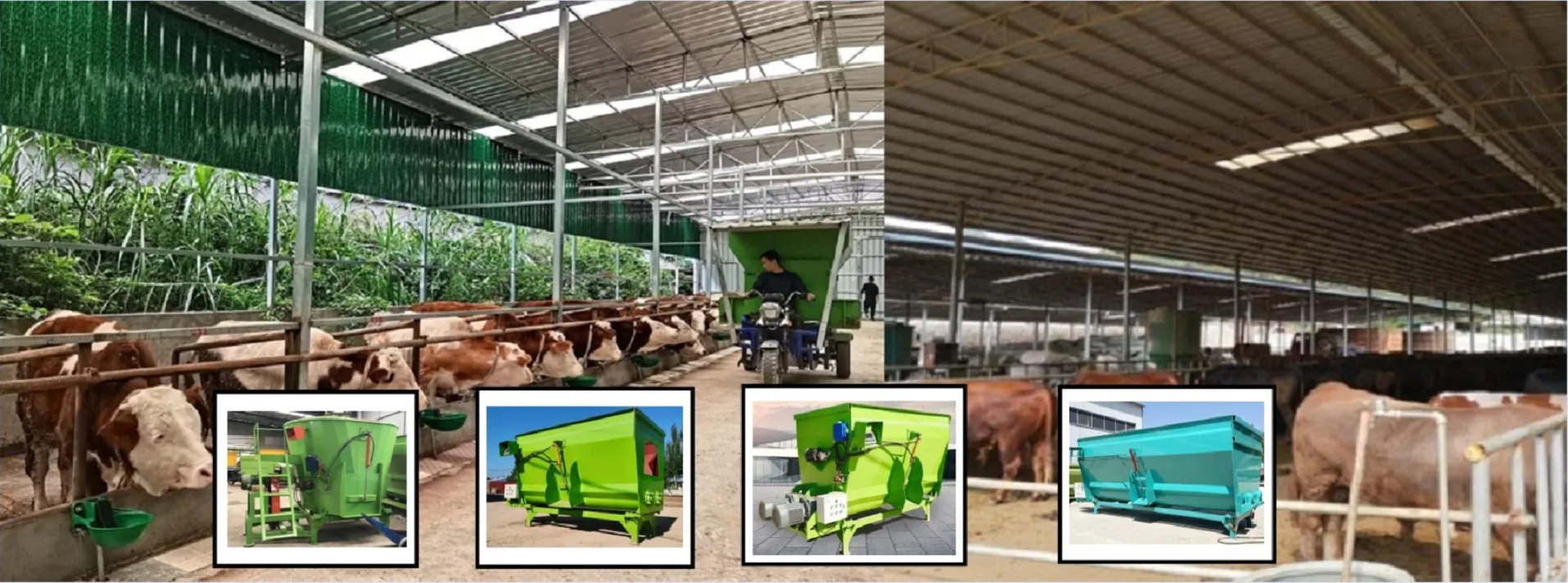Exploring the Impact of Felt Use in Creative Projects and Everyday Life
The Versatile Use of Felt An In-Depth Exploration
Felt is a non-woven fabric that has been used for centuries, prized for its unique properties and versatility. Made from natural fibers like wool or synthetic materials, felt is created through a process called felting, where fibers are matting together through heat, moisture, and pressure. This remarkable textile has applications that span across various industries, including fashion, art, education, and home decor. In this article, we will explore the multifunctional uses of felt, its environmental implications, and its enduring appeal in contemporary design.
Historical Context of Felt
Felt dates back to ancient civilizations, with evidence of its use found in archaeological sites in Central Asia. Traditionally associated with nomadic cultures, felt was utilized for clothing, shelter, and insulation due to its excellent thermal properties. Its durability and water resistance made it an essential material for yurts and tents. Over time, felt-making techniques evolved, and the fabric began to be used in a wider array of applications, firmly establishing its importance in various crafts and industries.
Fashion and Accessories
In the realm of fashion, felt has gained popularity for its unique texture and ability to hold shape. Designers have utilized felt in the production of hats, bags, and footwear, capitalizing on its malleability and aesthetic appeal. Felt hats, in particular, have become iconic, epitomizing styles ranging from classic fedoras to whimsical party pieces. Moreover, accessories like brooches and earrings made from felt offer a playful yet sophisticated touch to outfits.
Considered a sustainable option, felt made from wool is biodegradable and often produced through eco-friendly practices. This characteristic has led to a rise in eco-conscious brands that prioritize the use of natural materials. In a world increasingly focused on sustainability, felt provides an opportunity for designers to create stylish pieces with minimal environmental impact.
Art and Craft
Felt is also a favored medium among artists and crafters. Its versatility allows for a plethora of creative expressions, from intricate needlework to bold, three-dimensional sculptures. Artists can harness felt’s ability to hold form without fraying edges, enabling them to create stunning pieces that captivate audiences. Additionally, felt is easy to manipulate, making it accessible for both seasoned artisans and beginners alike.
felt use

Educational settings have embraced felt for teaching purposes. Felt boards are commonly used in preschools to facilitate interactive storytelling and learning activities. The tactile nature of felt engages children, enhancing their sensory experiences and promoting hands-on learning. DIY felt projects, such as making puppets or soft toys, have become popular in homes and classrooms, fostering creativity and providing a platform for bonding.
Home Décor
In interior design, felt has made its mark through a range of applications. From coasters and table runners to wall hangings and area rugs, felt can complement various design aesthetics, adding warmth and texture to any space. Its sound-absorbing properties also make it an excellent choice for acoustic panels, enhancing the auditory environment in homes and offices.
Moreover, felted items like cushions and blankets offer comfort while also serving as stylish decorative elements. The vibrant colors and patterns available in felt textiles allow for customization, enabling homeowners to express their personalities through their decor choices. In an age where minimalism dominates, felt provides the perfect balance of functionality and artistic flair.
Environmental Considerations
As with any material, the environmental impact of felt production must be considered. While natural felt made from wool is biodegradable, synthetic felt can contribute to pollution and waste, especially if not disposed of properly. However, initiatives to recycle and repurpose old felt products are growing, promoting a circular economy. Manufacturers are increasingly exploring sustainable practices, ensuring that the impact of felt on the environment is continuously minimized.
Conclusion
Felt is more than just a simple fabric; it is a multifaceted material that serves a myriad of purposes across different domains. Whether in fashion, education, art, or home decor, the use of felt is limited only by imagination. As society grows more conscious of sustainability, the appeal and application of felt will likely expand, leading to an even brighter future for this timeless textile. Embracing felt in creative and functional ways not only enhances our daily lives but also honors a rich tradition that spans centuries.
-
Your Go-To Guide For Affordable Wholesale Wool FeltNewsOct.31,2024
-
The Trusted Source For Industrial Felt And Hotel TowelsNewsOct.31,2024
-
Premium Industrial Felt Solutions For Every IndustryNewsOct.31,2024
-
Enhancing Performance With Industrial Felt FabricsNewsOct.31,2024
-
Elevating Performance With High-Quality Industrial Felt MaterialsNewsOct.31,2024
-
Brighten Your Projects With Vibrant Colored FeltNewsOct.31,2024
-
Unleash Your Creativity with Stylish Felt ProductsNewsOct.30,2024







